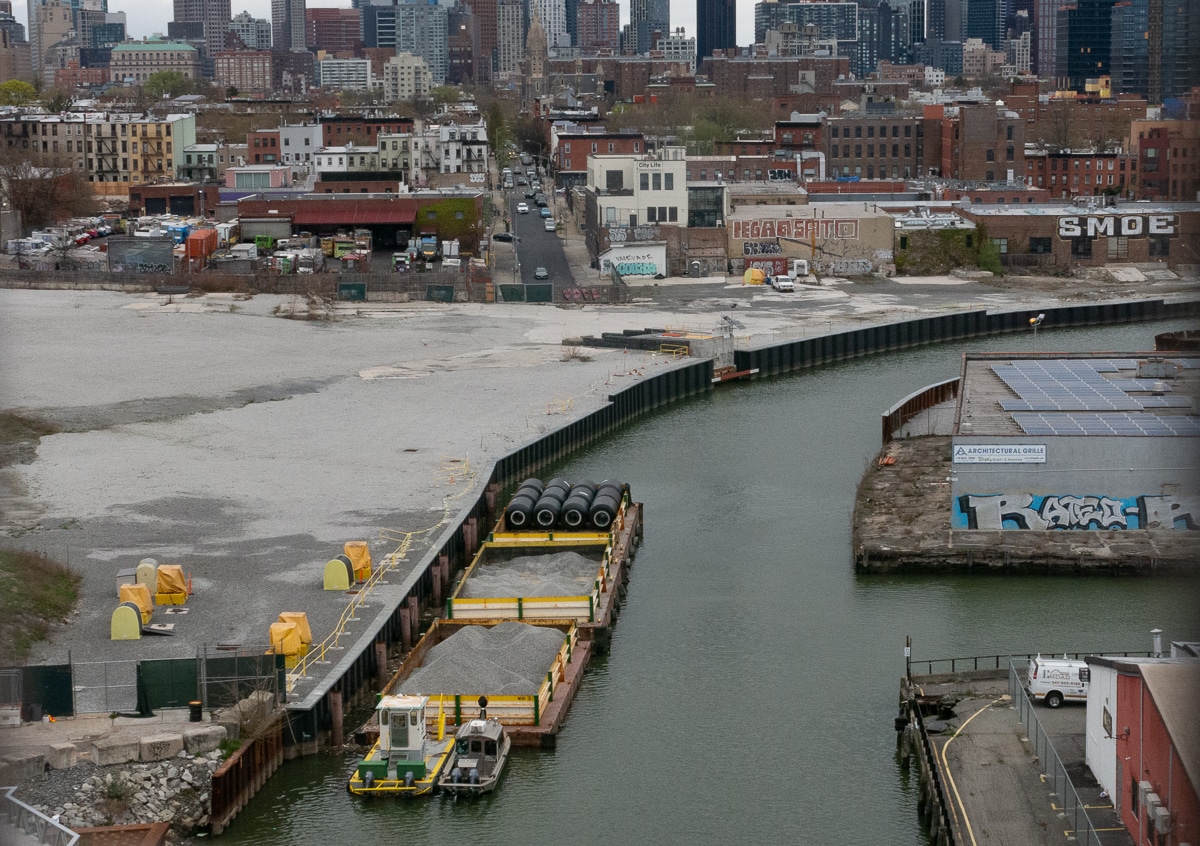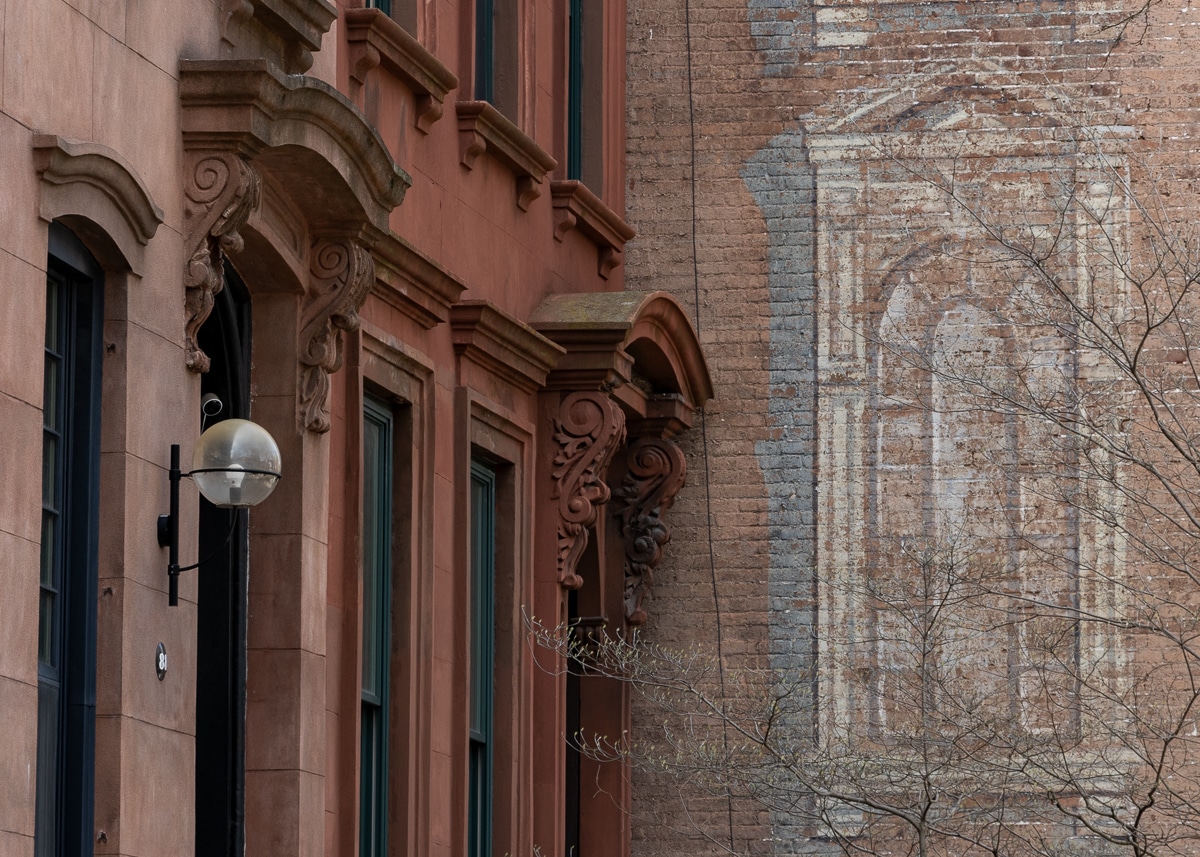The Glorious Rebirth of Brooklyn's Wondrous Kings Theatre
After being closed up for decades, with the very real possibility of condemnation and destruction in its future, the old Loew’s Kings Theatre came back to life spectacularly in 2015, like the legendary phoenix from the ashes. It was easily one of the year’s greatest triumphs. “Legendary” is apropos, because this massive theater was one…

After being closed up for decades, with the very real possibility of condemnation and destruction in its future, the old Loew’s Kings Theatre came back to life spectacularly in 2015, like the legendary phoenix from the ashes. It was easily one of the year’s greatest triumphs.
“Legendary” is apropos, because this massive theater was one of the Loew’s company’s five “Wonder Theaters,” all built with great pomp and splendor at the beginning of the Great Depression.

The Loew’s theater chain was founded in 1904 by Marcus Loew in Cincinnati, Ohio. He started out with nickelodeon storefront theaters, and by the 1920s owned large vaudeville and movie venues across the country.
Loew very quickly realized that film would replace live stage shows. He also knew that going forward, movies needed to be of a higher quality in order to pack people into the seats day after day.
So in 1924, as one of the industry’s most powerful people, he founded MGM Pictures, convincing the heads of Metro Pictures, Goldwyn Pictures and Louis B. Mayer Productions to merge into one company.
MGM made the movies and Loew’s theaters had the exclusive first rights in showing them. It was a very lucrative arrangement that lasted until the Supreme Court separated them in 1948.

The Loew’s Wonder Theaters
The Great Depression began in 1929, right when Loew’s began building the five super-duper Wonder Theaters in and around New York City.
The idea came from the competition — the Paramount-Publix theater chain, which had purchased the idea when it bought out the Balaban-Katz theaters in Chicago. Paramount and Loew’s worked out a noncompete clause which gave them New York City.
There are five Wonder Theaters, four in NYC and one in Jersey City. They were all built in densely populated urban neighborhoods with easy access to public transportation, and were designed to be flagship theaters in their areas.
They were also lavishly built to be the most impressive places most people would have occasion to visit. Their architects designed them with some of the time’s most elaborate, over-the-top fantasy architecture.

The theaters themselves were elaborate movie sets, allowing the audience to leave their workaday environs and enter a lavish, gilded fantasy world where you could spend the evening with the beautiful and handsome stars and the stories they brought to life.
Amazingly, all five buildings still stand. Three are now churches: the Loew’s 175th Street Theater in Manhattan, the Loew’s Valencia Theater in Queens and the Loew’s Paradise Theater in the Bronx.
The Loew’s Jersey Theater is a performing arts center, and in 2015, the Loew’s Kings Theatre joined it as a grand performance venue, after being shuttered and crumbling for over 30 years.

The Loew’s Kings Theatre
Busy Flatbush Avenue in the heart of Brooklyn was a perfect place for a Wonder Theater. The theater was designed in 1929 by Rapp & Rapp, one of the best theater design firms in the country.
Based in Chicago, they designed dozens of movie theaters across the country, including both the New York and Brooklyn Paramount theaters, as well as the Loew’s Jersey City Theater. This theater was one of their signature French Baroque designs.
The lavish interior was designed by Harold W. Rambusch, working with Anne Dornin of Loew’s, one of the first women in her position in the industry. Rambusch’s firm started out designing and decorating theaters, churches and hotel lobbies. Projects at the time included Manhattan’s Roxy Theater and the Waldorf-Astoria Hotel.
Coordinating with its French exterior, the interior was inspired by Versailles and the Paris Opera. It was ornate, every surface imaginable was decorated and gilded, and it was pretty spectacular.

It was designed for stage shows as well as movies, and featured a Robert Morton theater pipe organ, one of that manufacturer’s mighty “Wonder Morton” instruments. He built one for each of the five theaters.
With more than 3,600 seats, the Loew’s Kings Theatre was one of Brooklyn’s largest theaters. It was built with excellent sight lines and a smaller mezzanine instead of a large balcony — a boon for showing movies, which were the main business of the theater for most of its life.
The Kings opened on September 7, 1929, with a special congratulatory show featuring the film Evangeline, starring Dolores Del Rio. She appeared on stage for an entire week during the run of her film, speaking to the audience and signing autographs afterward.
Opening night also featured a film with Buster Keaton and other stars congratulating Brooklyn on the opening of this new theater. Then–Brooklyn Borough President James J. Byrne was also on stage, thanking the Loew’s company for this magnificent addition to Brooklyn’s roster of theaters.
Also on the program were a swing band and a troupe of female dancers and a talent revue. But it didn’t take long for the theater to drop the live shows in favor of an all-movie venue.

Kings’ Glory Years and Decline
The theater was a popular venue throughout the Great Depression and World War II. In addition to the first-run movies, the Kings Theatre was host to special shows for war bonds and troop support, as well as for charity events.
Sylvester Stallone and Henry Winkler were among the many teenage Brooklynites who worked as theater ushers. But by the end of the 1950s, the theater began to decline as ticket sales slumped.
The Kings only had the one screen and therefore was unable to offer more than one film at a showing. Movie theaters around the country were subdividing their large spaces into separate theaters, as the model of the suburban metroplex theater gained popularity. The Kings did not.

The theater decline mirrored the flight to the suburbs and the exodus of revenue from the city. By the 1970s, the Loew’s corporation stopped sending the theater top-run movies and it began showing primarily Kung fu, blaxploitation and low-budget science fiction and action movies. It was the beginning of the end.
The theater ended its official run as the Loew’s Kings Theatre in 1977. It reopened as the Kings and limped along until its final curtain on July 18, 1980, after the screening of Almost Human.
The doors were shut, the water and power turned off, and the theater remained boarded up for almost 37 years. During that time, the building’s owners lost the theater to taxes, and it became the property of the City of New York.

The Rebirth
Movie theaters, houses of worship and schools have a great deal of sentimental value to people, and most don’t like losing any of them.
Over the years, many advocated saving the Loew’s Kings Theatre. In 2006, then–Borough President Marty Markowitz, who spent a lot of his youth in the Kings, put forth a Request for Expressions of Interest (RFEI), looking for deep pockets with a viable plan for the theater.
The RFEI was followed up in 2008 by a request for proposal from the City and the Borough President. It was important that any plan to bring the theater back be economically viable and sustainable, environmentally friendly, and related to the economic and cultural aspects of the surrounding Flatbush community.

In 2010, The ACE Theatrical Group, LLC of Dallas, Texas, was chosen to restore and run the new Kings Theatre. They began an intensive restoration in 2013, which culminated in the grand reopening of the theater in January of 2015 and a grand-opening concert on February 3, 2015, starring Diana Ross.
Unlike other fantasy movie palaces of the same era, the Loew’s Kings Theatre did not suffer the same kind of damage that made restoration of those ornate spaces impossible. There was some water damage, vandalism and the consequences of age and abandonment, but the theater was essentially whole, never having been cut up. It still cost a great deal of money.
The $95 million restoration — which won the theater a Lucy G. Moses Preservation Award from the New York Landmarks Conservancy — brought back the ornate ceilings and woodwork, the grand lighting, the seats and draperies, as well as the dressing rooms and backstage areas. The entire building was repaired. The new Kings Theatre is now state-of-the-art — with modern lighting, HVAC, communications, and all of the complex computer and stage technology needed for today’s venues.
In August, the Kings Theatre was acquired by a U.K.-based chain, Ambassador, in a larger deal with ACE Theater Group.

Kudos go to the city officials who supported restoration, Brooklynites who advocated for the theater over the years, and those who worked to preserve this architectural and cultural treasure.
Today, as the theater is host to nationally touring musicians, entertainers and musicals, guests can experience what the first theatergoers experienced in 1929, all in jaw-dropping, magnificent theatrical splendor.

Related Stories
Suzanne Spellen, aka Montrose Morris, Is Writing Brownstoner’s First Book
A History of Brooklyn’s Extravagant, Soon-to-Be-Restored Paramount Theatre
Past and Present: The Duffield Theatre
Email tips@brownstoner.com with further comments, questions or tips. Follow Brownstoner on Twitter and Instagram, and like us on Facebook.
[sc:mailchimp-books ]








What's Your Take? Leave a Comment